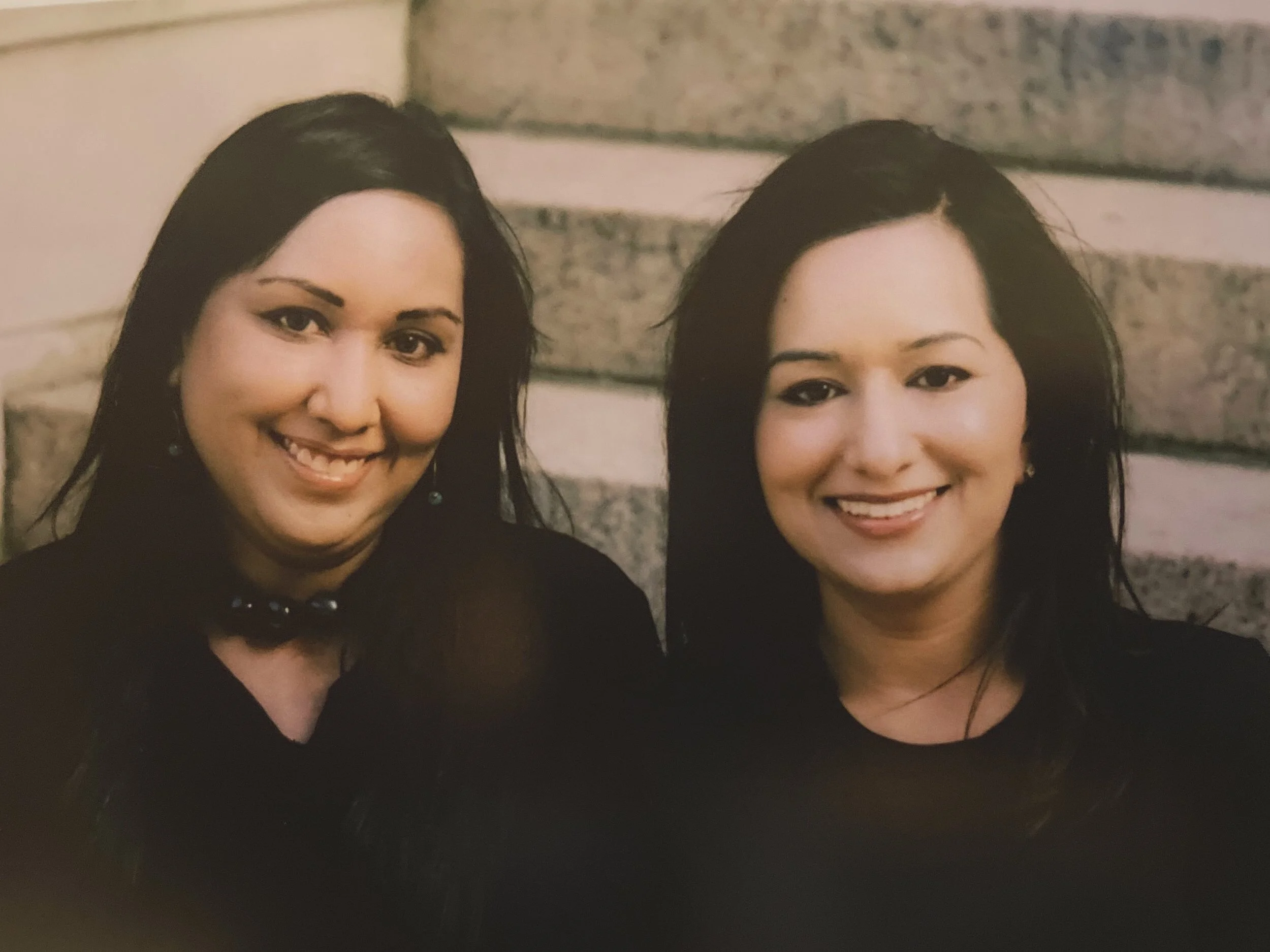Why Patient Advocacy?
In September 2014, a catastrophic medical error tested my faith in the medical system. Severe abdominal pain sent my older sister, Shilpa, to the hospital, where doctors admitted her for an exploratory endoscopy.
Despite vomiting in the hours leading up to her endoscopy—and unbeknownst to Shilpa and me at the time—Shilpa wasn’t intubated for the procedure. Without intubation, Shilpa’s airway was left unprotected. When Shilpa vomited again after anesthesia induction, she breathed vomit into her lungs, instantly burning them. In critical condition and unable to breathe on her own, the doctors connected Shilpa to a ventilator and moved her to the Intensive Care Unit (ICU). Five days later, a ventilator alone could not keep Shilpa alive. Doctors placed her also on extracorporeal membrane oxygenation (ECMO), a more advanced, highly invasive life-support machine.
During those crucial first hours on life support, doctors left me in the dark about the anesthesia error. (I would later find out that the medical standard of care requires intubation for such a circumstance.) As hours turned into days, doctors continued to withhold information.
Shilpa would spend nearly two weeks in a medically induced coma and a month on life support, each hour fraught with uncertainty. Miraculously, she survived. However, not only was she left with just twenty percent lung function and permanently tethered to an oxygen machine, but she was also in need of a lung transplant.
Shilpa transferred her medical care to a neighboring hospital. But her overly trusting nature sealed her fate. Despite her inquiries, her new team of doctors failed to consider the effect of her damaged lungs on her heart—until it was too late. When the team realized their mistake four years later, they focused on covering it up rather than righting their wrong. Their failure, among other missteps, proved fatal for Shilpa.
Between 2014 and 2018, the last four years of Shilpa’s life, the pursuit of justice required her silence, but eventually her survival itself depended on it. With no explanation from the hospital or any doctor as to what had occurred to her, she turned to the legal system and that process required her silence. Eventually, when the second hospital realized their failure to diagnose heart failure and list Shilpa in time for a lung transplant, the program director demanded we stop asking questions in exchange for a lung transplant listing.
The loss of her voice, both literally and figuratively, progressively and suddenly, changed Shilpa’s perception of the individuals and community entrusted to save her life. She realized how little some of her doctors and nurses valued her life over their livelihood, and what little they thought of her as an educated woman of color to actively participate in her healthcare. She also learned legal remedies take years to pursue if one is even able to live that long.
Shilpa never wanted medical negligence to define her life story. All the same, the negligence she endured profoundly tested and altered her outlook on life and human nature. She lived with courage and resiliency and faced injustice with grace. Asking questions never failed Shilpa as a student or scientist, but it did when she questioned her doctors about the series of preventable errors that eventually ended her life at age forty-seven.
California state law closed the legal system to us after Shilpa’s death, as it has done to thousands of other injured patients and their families. State oversight agencies proved inept and unwilling to investigate thoroughly, and there were no consequences for her preventable death.
There was no justice for Shilpa—in life or in death—and it’s what motivates me to continue pursuing justice in her memory.
